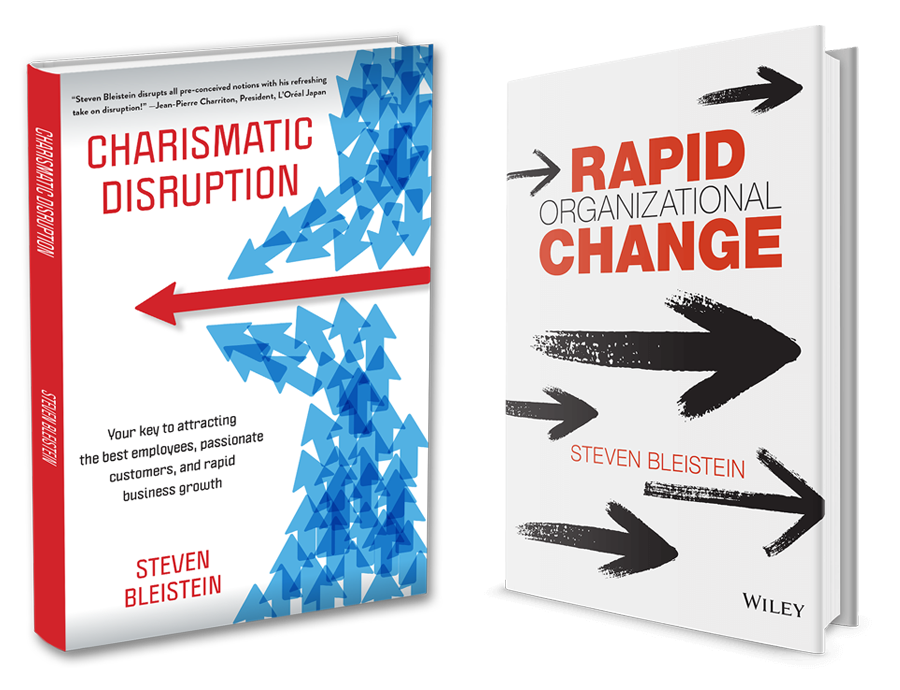[:en]Last week in New York, my fellow Consulting Hall-of-Famers and I were treat to a deli lunch at New York’s iconic Katz’s. If you are not familiar with Katz’s, it is in the famous deli scene of the 1989 hit movie, When Harry Met Sally (http://youtu.be/F-bsf2x-aeE). At Katz’s, I met a corned beef sandwich there that made an offer I couldn’t refuse. Even as my stomach began to say ‘no’ to what must have been a pound of corned beef stacked high on rye, my mouth continued to say ‘yes.’
Katz’s for all its greatness has one idiosyncratic practice. When you enter Katz’s, a man at the door hands you a purple ticket and tells you that you must hand over the ticket upon leaving in order to be allowed to exit. No explanation offered. This ticket thing is serious business. Our waiter, who was just superb, even joked, “Don’t be like me! I lost my ticket five years ago, and now look what I’m doing!”
None of my world-class consultant colleagues nor I could figure out what on earth this ticket process is for. Maybe it was originally designed to keep people from leaving without paying, but watching how people paid and exited, it would be easy to slip out by simply pretending to be part of another party that had paid. So, it couldn’t possibly be for that.
The purpose of the purple ticket process has likely been long forgotten. Nonetheless, people continue the process simply because that is how things have always been done at Katz’s. The purple ticket process has become a waste of time in getting people in and out of Katz’s, a waste of labor as there is one full time employee dedicated to distributing and collecting purple tickets, and and aggravation for Katz’s customers. It has become sludge in the process pipeline, and should be cleaned out.
This kind of “sludge” is not confined to just processes, but is also common in databases, like CRM databases. When I do sales management consulting, one of the first things I do is audit the sales pipeline. Often I will find that more than 50% of CRM database entries are defunct, constantly slipping, or otherwise ambiguous and should be removed. Like sludge in a pipe, defunct data builds up if not regularly cleared out. CRM data sludge diminishes performance and throughput, makes meetings longer, delays decision-making, clouds judgement, and retards action. My colleague and fellow Hall-of-Famer Colleen Francis refers to the phenomenon of CRM data sludge as “garbage in, garbage stays.”
How many “purple ticket” processes do you have in your business? When was the last time database sludge was cleaned out? Do you think your business’s performance may be being hindered by sludge? How might this be effecting customers?
In organizations, we need to regularly clean out the sludge to keep performance at peak levels, and as much as possible, not introduce it in the first place.[:ja]先週、ニューヨークで、 コンサルティングの殿堂の仲間達と共に、あの有名なカッツ・デリカッセンに行く機会に恵まれました。カッツは1989年にヒットした「恋人達の予感」での食事シーンで一躍知られるようになったレストランです。カッツでは、どうしても食べずにはいられないようなコンビーフサンドイッチに出会いました。ライ麦パンに高々と積まれた1ポンドはあろうかというコンピーフを目にすると、「もう食べられない」というお腹からの訴えにも関わらず、口の方はついつい食べ続けてしまうのです。
カッツは本当に素晴らしいところですが、ある変わった習慣があります。ドアから入ったところで、まず受付の男性に紫色のチケットを渡され、そのチケットは必ず店をd出る時に返すようにと言われます。もしチケットを返さなければ、店から出してもらえないというのです。おまけにそれが何故かという説明は一切なし。ジョークでもありません。私たちの世話をしてくれた素晴らしいウェイターは、「僕は5年前にここに来たときにチケットを失くしてしまって、だから今でもここで働いているんです。あなたもチケットを失くして僕のようにならないように、気をつけて下さいね。」などという冗談を言うほどでした。
私も一緒にいた一流のコンサルタントの友人達も、このチケット制度が一体何の為にあるのか理解できませんでした。もともとは無銭飲食を防ぐために作られたものかとも考えました。しかし他の客が支払いを済ませてレストランを出て行くところを観察したところ、チケットを持っていても、お金を払わないままこっそり出たり、他の客に混ざって出ることも簡単だということがわかり、この仮説は成り立たないという結論に辿り着きました。
多分この紫色のチケットが何故使われるようになったかという理由は、遠い昔に忘れ去られてしまったのでしょう。でも、カッツではその習慣が染み付いてしまっていた為に、未だに人々はそれに従っているのです。このチケット制度のせいで人の出入りにはよけいな時間がかかるし、人の出入りをチェックするにはその為だけの社員がひとり必要です。もちろん顧客にとっても迷惑きわまりない習慣です。チケットは今ではスムーズなプロセスの流れを邪魔するヘドロのような存在になっており、廃止するべきものなのです。
こういった「ヘドロ」はプロセス以外でもよく見受けられます。例えば顧客管理データベース。私が営業マネージメントコンサルティングを行う際にやることのひとつに営業パイプラインのチェックがありますが、顧客管理データベースの50%以上が全然使えないものだったり、悪化していたり、内容がはっきりしなかったりで、排除しなければならないようなことが多々あります。下水道のヘドロと同じで、いらなくなったデータはそのまま放っておくとどんどんたまっていく一方です。顧客管理データベースに残ったヘドロは、効率の低下、ミーティングの長期化、決定の遅れ、曖昧な判断、アクションの遅滞などの原因となります。私のコンサルティイングの殿堂の友人、コリーン・フランシスは、この顧客ベースのヘドロがもたらす現象を、「Garbage in, garbage stays」、つまり「入ってきたゴミがそのままになってること」と呼んでいます。
ここで自分のビジネスのことを考えてみて下さい。最後にデータベースのゴミを排除してきれいにしたのはいつでしたか。このヘドロのせいでビジネスの効率は落ちていませんか。顧客への影響はでていませんか。
企業では、 最適な効率を保つために、定期的にこのヘドロを削除すること、そして可能な限り最初の時点でヘドロがデータベースに入り込むのを防ぐことが大切なのです。[:]

